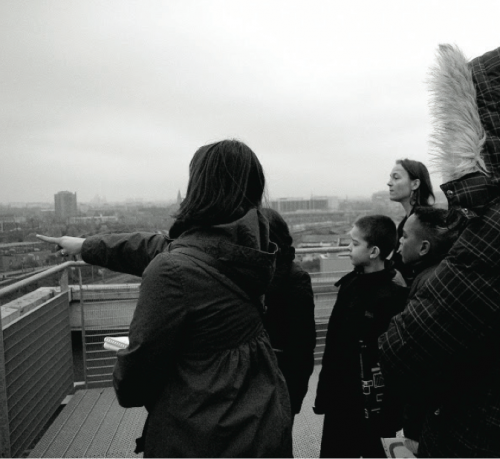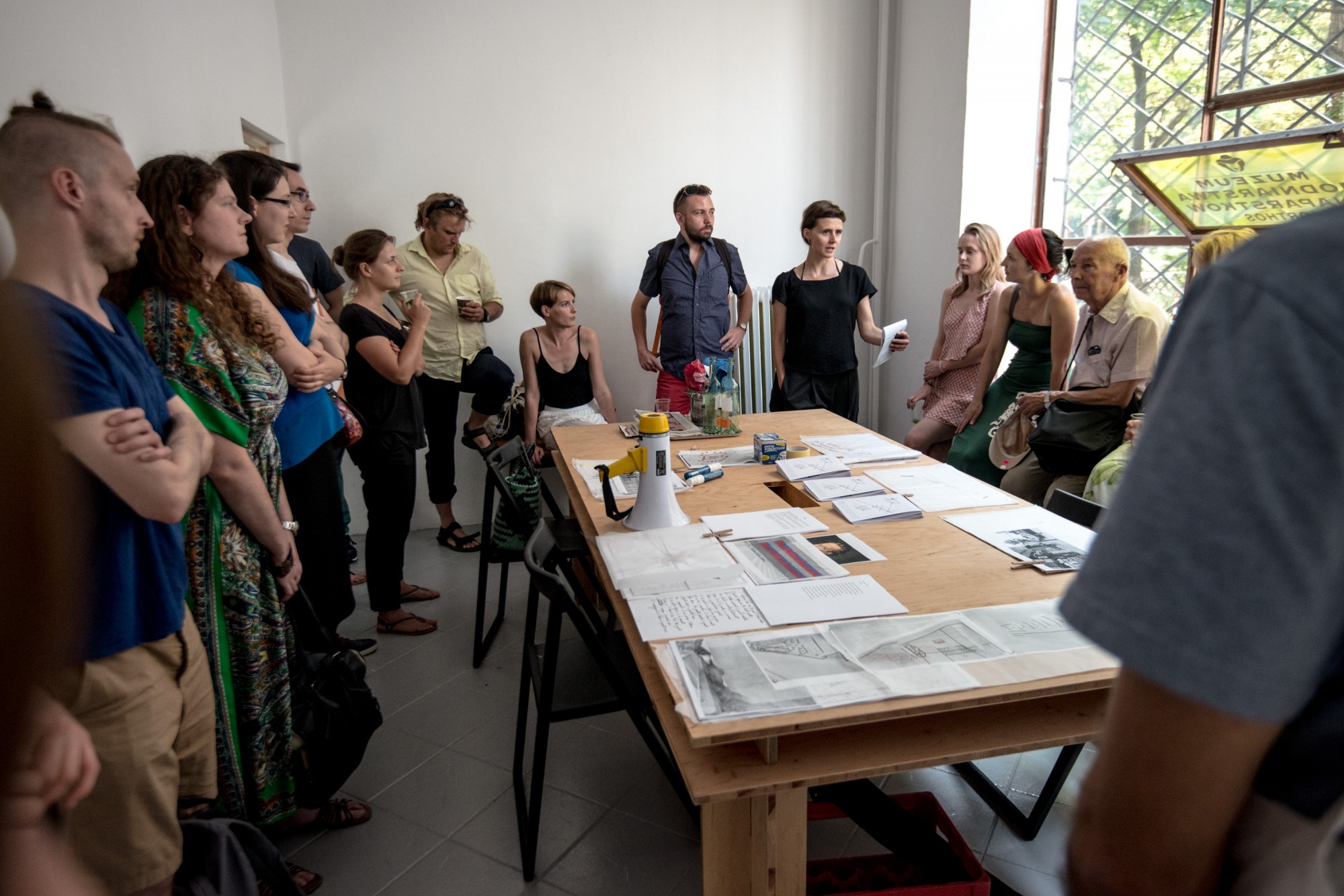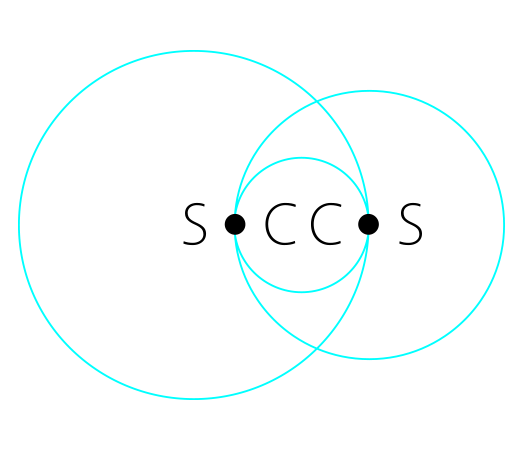
- Caroline Claus
- What are the elements of interaction between the physical characteristics of urban context, socio-cultural environments and sonic experiences?
- Which tools and media can assist the analysis and evaluation of a sonic environment?
- What kinds of architectural and/or urban knowledge are necessary to design soundscapes?
- What are the limitations and shortcomings of the reviewed soundscapes? and possible future directions for addressing these challenges?
- How can we design public space that encourages listening?
- How can one tactically carry out an urban sound design strategy?
Urban Sound Design Studio (June 22 – July 5, 2015)
Can we imagine a different sound environment, a possible future sonic experience? What role can urban design play in a rethinking of the sonic experiences in this context? How can different urban sonic experiences be organized and enrolled in the design of various public spaces?
The ambition of the program is to develop, question and challenge existing strategies for managing urban sonic experiences by proposing an extended method and various tools for qualitative sound analysis with a focus on the perspective of design practitioners. In different workshops we introduce a grounded understanding of what urban acoustic quality is and how we can work dynamically and creatively with everyday urban sonic experiences. We will focus on a qualitative approach of urban sound environments inspired by the avant garde output of urban electronic music and the acoustic ecology of Augoyard and Torgue (CRESSON). The aim is to go beyond a taxonomic manner of urban sound analysis in order to examine the sound environment at a greater level of structural and phenomenological depth.
Through the introduction of a method and different tools the studio offers participants the opportunity to experiment and to develop a reflection on urban sound design. Participants are encouraged to develop their own possible instruments for interventions in the public space. An experimenting with the preparation of toolboxes and practices in situ as part of a design method is encouraged. Different tools and practices can be used together to explore and represent the territory in a different way. Initial results are shared in situ with a larger public to interrupt, to inspire discussions in everyday practice and affect the planning and construction of public urban spaces in terms of acoustic quality.

